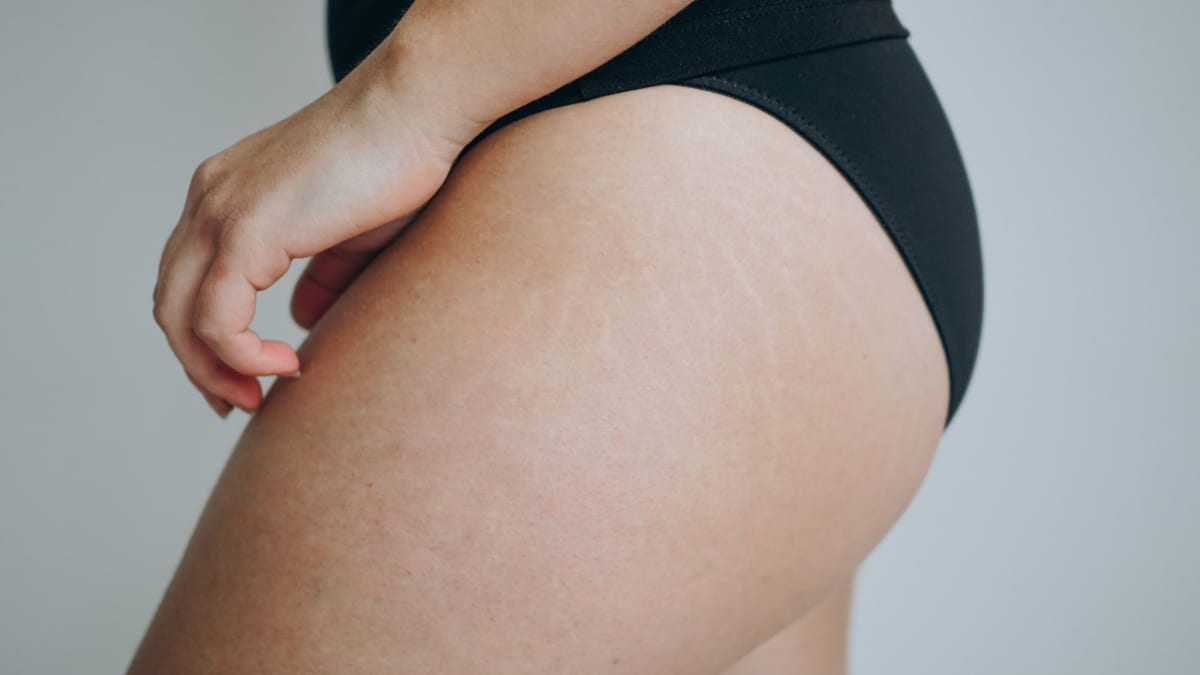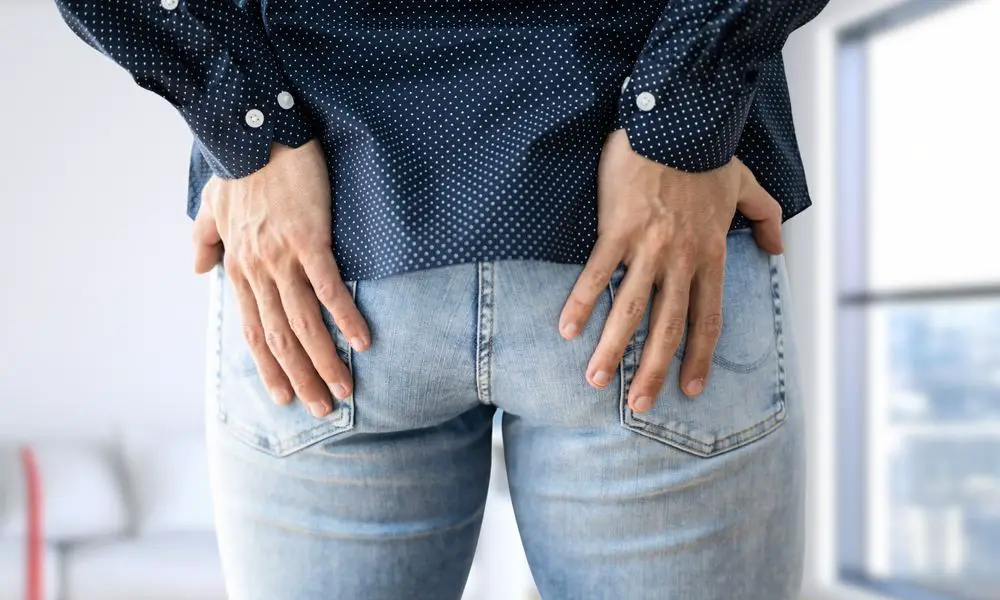Humidity and Keratosis Pilaris: What's the Connection?
For beauticians, understanding the nuances of different skin conditions is crucial. One such condition that often perplexes both professionals and clients is Keratosis Pilaris (KP). This common skin condition, characterized by small, rough bumps, can be influenced by various factors, including humidity. As a beautician, you need to navigate the delicate balance of maintaining skin health while dealing with environmental factors like humidity.
The relationship between humidity and Keratosis Pilaris is complex but significant. With fluctuating humidity levels, the skin's moisture barrier can be disrupted, potentially exacerbating KP symptoms. This guide delves into how humidity affects Keratosis Pilaris and offers insights on managing this skin condition effectively.

The Science Behind Humidity and Skin
Humidity is a measure of the amount of water vapor in the air. When the air is dry, as it often is in winter, skin can lose moisture, leading to dryness and irritation. Conversely, high humidity levels can result in excessive moisture on the skin's surface, creating a breeding ground for bacteria and exacerbating conditions like Keratosis Pilaris.
For those with KP, maintaining the right level of skin hydration is key. Too little moisture, and the skin becomes rough and itchy; too much, and it can become clogged and inflamed. This delicate balance is what makes managing Keratosis Pilaris in varying humidity levels a unique challenge for beauticians.
Managing Keratosis Pilaris During Humid Conditions
Hydration is Key
In humid environments, it's tempting to skip moisturizer, but doing so can be detrimental to those with KP. Instead, opt for lightweight, non-comedogenic moisturizers that provide hydration without clogging pores. Ingredients like glycerin, hyaluronic acid, and urea are excellent for attracting moisture to the skin.
Exfoliation: A Double-Edged Sword
Exfoliation can help remove dead skin cells and prevent clogged pores, but over-exfoliating can strip the skin of essential oils, leading to increased irritation. Suggest gentle exfoliants containing lactic acid or salicylic acid to clients, and advise them to limit exfoliation to 2-3 times a week. For more tips on exfoliating effectively, consider checking out oatmeal baths.
Clothing Choices Matter
Tight clothing can trap moisture against the skin, exacerbating KP. Recommend breathable fabrics like cotton to clients, especially in humid climates. Learn more about how clothing affects KP by visiting this informative article.
Humidity's Role in Seasonal Variations of KP
Humidity levels are not static and can change with the seasons, which affects how KP presents itself. In the summer, increased humidity can lead to more pronounced symptoms, whereas in the winter, dry air can cause the skin to flake and become itchy.
Beauticians should advise clients on adjusting their skincare routines seasonally. For instance, in the summer, lighter products are preferable, while in the winter, richer, more hydrating formulas may be necessary. For more on seasonal care, explore our summer care guide or the winter skincare tips.

Expert Tips for Beauticians
Beauticians play a crucial role in educating clients about managing KP in varying humidity conditions. Here are some expert tips:
- Consultation: Always start with a thorough skin consultation to understand the client's specific needs and concerns.
- Customized Skincare Plans: Develop tailored skincare regimens based on the client's skin type and the local climate.
- Education: Educate clients about the importance of consistent skincare, especially in changing seasons.
- Professional Treatments: Consider offering treatments like chemical peels or microdermabrasion, which can help manage KP effectively.
FAQ
Does humidity always worsen Keratosis Pilaris?
No, humidity doesn't necessarily worsen KP. It can vary depending on individual skin types. Proper skincare can mitigate any adverse effects of humidity.
Can Keratosis Pilaris be cured?
While there's no cure for Keratosis Pilaris, its symptoms can be managed with the right skincare routine and professional guidance.
What ingredients should I look for in KP skincare products?
Look for products containing lactic acid, salicylic acid, urea, and glycerin, as these ingredients are effective in managing KP symptoms.
For more detailed information on Keratosis Pilaris and its management, you can visit this comprehensive guide.

